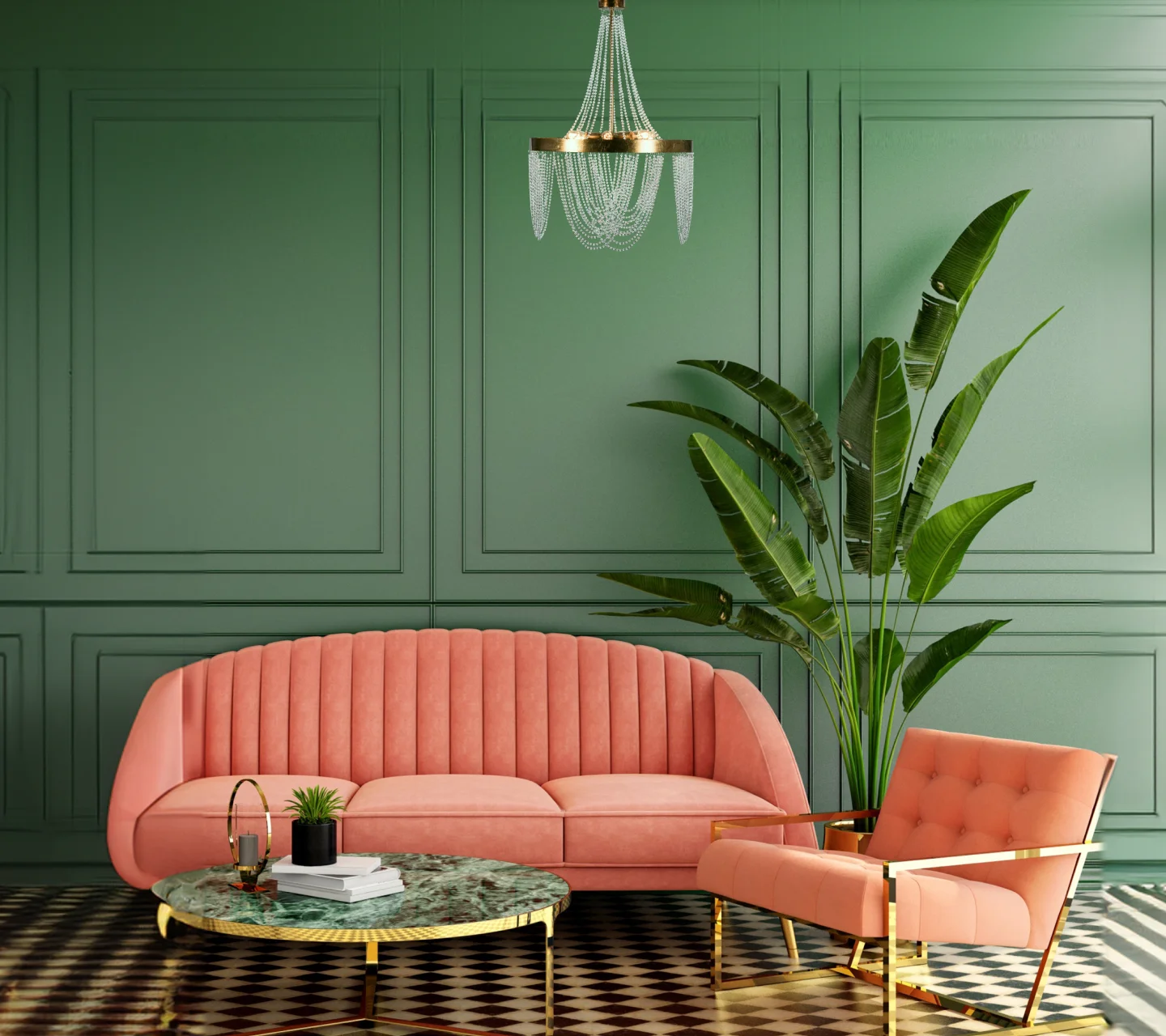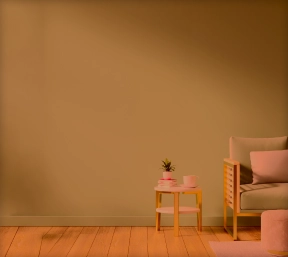TRENDING
Brick Coba Waterproofing
Waterproofing solutions
The Ultimate Guide to Brick Bat Coba Waterproofing
Essential Techniques and Benefits for Optimal Waterproofing Solutions
Brick Bat Coba Waterproofing is a widely recognized and effective method for ensuring the longevity and durability of building structures. This waterproofing solution involves the use of brickbats, which are broken pieces of bricks, combined with cement mortar to create a waterproof barrier on rooftops and terraces. One of the key advantages of brick bat coba waterproofing is its cost-effectiveness, making it a popular choice for many property owners. This method not only provides a robust waterproof layer but also enhances thermal insulation, which is crucial in regions with extreme weather conditions.
Where is Brick Bat Coba Waterproofing Used?
Brick bat coba waterproofing, often referred to simply as brick coba waterproofing, is commonly utilised in various parts of a building that are prone to water leakage and seepage. This includes flat roofs, terraces, balconies, and podiums. Its application is particularly beneficial in areas that experience heavy rainfall or where water stagnation is a frequent issue. The durability and effectiveness of brick coba waterproofing make it a preferred choice for both residential and commercial buildings, ensuring that the interiors remain dry and free from water damage.
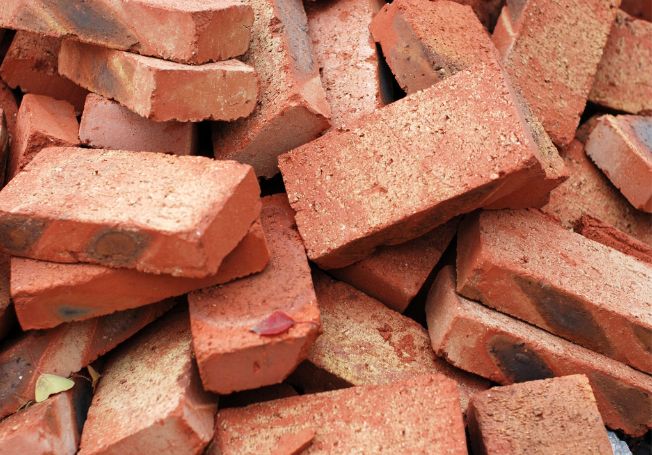
Step-by-Step Procedure of Brick Bat Coba Waterproofing
The process of brick bat waterproofing involves several meticulous steps to ensure optimal results. Here’s a detailed step-by-step procedure:
● Surface Preparation:
The first step involves cleaning the surface thoroughly to remove any dirt, debris, or loose materials. This ensures that the waterproofing layer adheres properly to the surface.
● Applying a Primer Coat:
A primer coat of cement slurry is applied to the prepared surface. This coat acts as a bonding agent between the surface and the subsequent layers of waterproofing.
● Laying Brick Bats:
After the primer coat has dried, brickbats are laid on the surface. These brickbats are positioned in a way that leaves gaps between them, which are later filled with a cement mortar mix.
● Filling Gaps with Cement Mortar:
The gaps between the brickbats are filled with a cement mortar mix, typically in a ratio of 1:4 (cement to sand). This layer is then compacted to ensure there are no air pockets.
● Applying Waterproofing Coat:
Once the mortar has set, a layer of waterproofing compound is applied over the surface. This compound helps seal any remaining gaps and provides an additional waterproof barrier.
● Curing:
The final step involves curing the surface by keeping it moist for at least 7 days. This helps in achieving maximum strength and durability of the waterproofing layer.
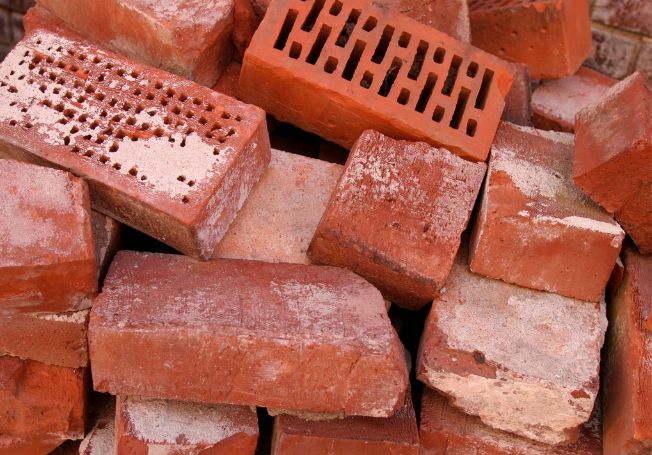
Advantages of Brick Bat Coba Waterproofing
Brick bat waterproofing offers several benefits that make it a popular choice for many:
● Cost-Effective:
One of the most significant advantages is the low waterproofing cost compared to other methods. The materials used are relatively inexpensive and widely available.
● Thermal Insulation:
The method provides excellent thermal insulation, helping maintain cooler temperatures inside the building during hot weather.
● Durability:
Brick bat coba waterproofing is highly durable and can last for many years with minimal maintenance, ensuring long-term protection against water damage.
● Flexibility:
This method can be applied to various surfaces, including flat and sloping roofs, making it versatile for different building types.
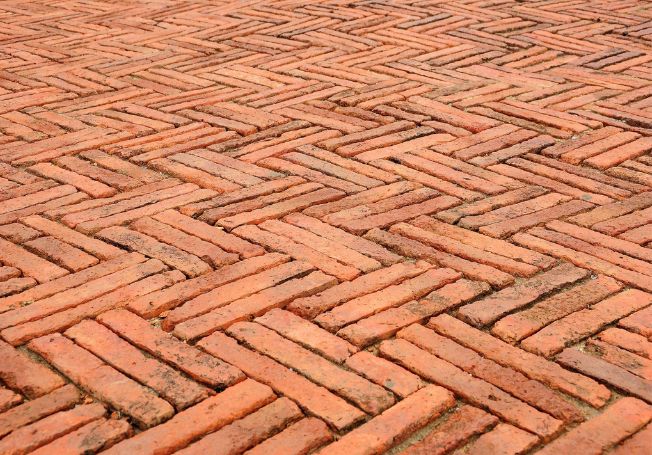
Disadvantages of Brickbat Coba
Despite its many advantages, brick coba treatment has a few drawbacks that should be considered:
● Weight:
The addition of brickbats and cement mortar adds significant weight to the structure. This might not be suitable for all buildings, especially older structures with limited load-bearing capacity.
● Time-Consuming:
The application process is relatively time-consuming, requiring careful preparation, multiple layers, and adequate curing time.
● Labour-Intensive:
The procedure is labour-intensive, demanding skilled labour to ensure proper application and effectiveness.
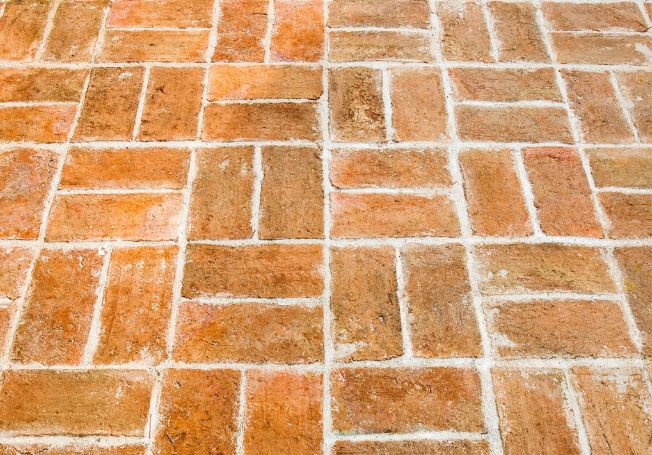
How Can Asian Paints Help You With Brick Bat Coba Waterproofing?
Asian Paints offers comprehensive waterproofing solutions that include high-quality materials and expert services to ensure effective brick bat coba waterproofing. Our products are designed to provide maximum protection and durability, while our professional services ensure proper application, minimising waterproofing costs. Visit any Asian Paints store or consult our services for tailored waterproofing solutions and expert advice on brick bat coba waterproofing material consumption and application.
LIKE THIS ARTICLE
Give us a thumbs up!
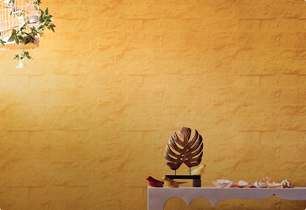
TEXTURE FINISH








